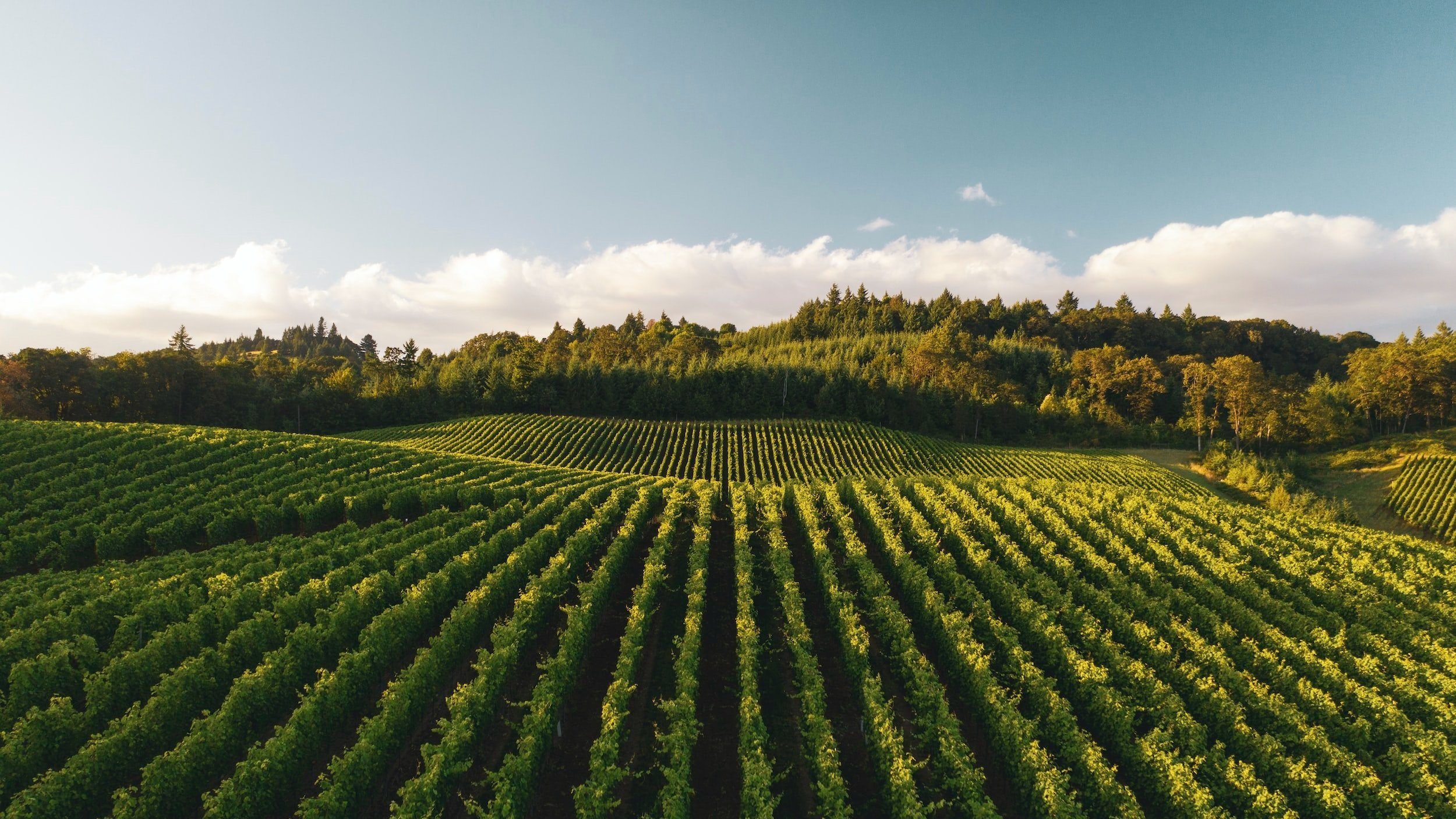
Wine Notes
Wine Club Selections
BLANKbottle “Master of None”
WESTERN CAPE, SOUTH AFRICA | 2021
The title "Master of None" pays homage to the phrase "jack of all trades, master of none." Walser, known for working with a multitude of grape varietals, humbly claims not to be a master of any one of them.
Famille Ogereau “L’Enjouée”
LOIRE VALLEY, FRANCE | 2022
Pouring a glass of “L’Enjouée” is like unlocking a treasure chest of sensations—juicy red berries mingling with a subtle hint of spice and a whisper of earthiness.
Cabeças do Reguengo “Vira Cabeças”
ALENTEJO, PORTUGAL | 2019
The 2019 “Vita Cabeças” is a perfect example of the importance of learning about “the where.” This small winery is located in a remote part of the Alentejo wine region.
Vinzas Artas “Granatza”
SARDINIA, ITALY | 2021
The 2021 Granatza was hand harvested, fermented with natural yeast and aged on its lees in tank. It has beautiful aromas of citrus peel, mineral and herbs.
Poderi Luigi Einaudi
BARBARESCO, ITALY | 2019
2019 is a great vintage in Barbaresco, and this shows beautiful aromas of dark cherry, anise, and mineral.
Catherine Marshall “Sandstone Soils”
ELGIN, SOUTH AFRICA | 2020
These Pinot noir grapes were selected from the ultra-cool Elgin Valley, between Somerset West and Hermanus.
Diamantis Winery “Magoutes Vineyard” Rosé
MACEDONIA, GREECE | 2020
The wine is 80% Xinomavro but has 20% Moschomavro which was thought to be extinct after having lost traction in the 1970s…
Bodet-Hérold “Physis” Extra-Brut
CRÉMANT DE LOIRE, FRANCE | 2019
Made from 90% Chenin Blanc and 10% Grolleau, the grapes are all grown on the prized tuffeau soils of Saumur which creates tension, elegance, and precision in the resulting wines.
Chéreau Carré “L’Orée du Château la Turmelière” Château Thébaud
MUSCADET SÈVRE-ET-MAINE, FRANCE | 2016
This vintage saw 43 months of lees aging which is much longer than the required 2 years mandated for the Cru Commanaux classification.
Domaine Siret-Courtaud
CHÂTEAUMEILLANT, FRANCE | 2021
I have a thing for sandy-soiled red wines which generally tend to offer robust aromatics, well-integrated acidity, and milder tannins.
Los Bermejos “Lanzarote Rosado”
CANARY ISLANDS, SPAIN | 2022
The wine of the Canary Islands is amongst the most unique terroirs that we have in the wine world.
Bruna '‘Russeghine”
LIGURIA, ITALY | 2019
Le Russeghine is a vineyard site that is less than a single hectare of vines, but the vines here are old (up to 50 years old), grown in iron-rich, red, rocky clay soils.
Aslina “Skin Contact”
STELLENBOSCH, SOUTH AFRICA | 2022
This sustainably farmed unoaked Chenin sees a portion of its juice rest for 8 days on its skins adding to this already highly textured wine while instilling incredible dimension.
Walter Scott “La Combe Verte”
WILLAMETTE VALLEY, OREGON | 2021
Castelão has become well-known in recent years in Portugal for its ability to produce refreshing, low-alcohol red wines.
Beurer “Trollinger”
WÜRTTEMBERG, GERMANY | 2022
Beautiful aromas of tart cherry, wild strawberry, and a hint at herbs. Juicy, vibrant acidity, and a texture that us wine nerds sometimes refer to as “crunchy.
Fattoria Coroncino “Il Coroncino”
VERDICCHIO DEI CASTELLI DI JESI, ITALY | 2018
This incredibly aromatic wine has notes of ripe melon, citrus peel, herbs, and bitter almond on the nose and the palate.
COZs “PoP”
MONTEJUNTO, PORTUGAL | 2021
Castelão has become well-known in recent years in Portugal for its ability to produce refreshing, low-alcohol red wines.
Villa Diamante “Clos d’Haut”
FIANO DI AVELINO, ITALY | 2020The wine has beautiful texture, with plenty of dry extract, notes of citrus and almond and a lactic, creamy quality in the mid palate.
Domaine Yves Cheron “Jurassique”
GIGONDAS, FRANCE | 2017
The Jurassique vineyard…consists of some of the oldest soils made of black marl and limestone that date back to, you guessed it, the Jurassic period between 135-155 million years ago.
Château de Trinquvedel
TAVEL, FRANCE | 2021
Trinquevedel on the nose bursts with buckets of ripe strawberries, orange blossom, and watermelon, whereas the palate leans much more towards tart underripe black fruits, crushed stone, and that profound herby garrigue that the Rhône valley is known for.




















